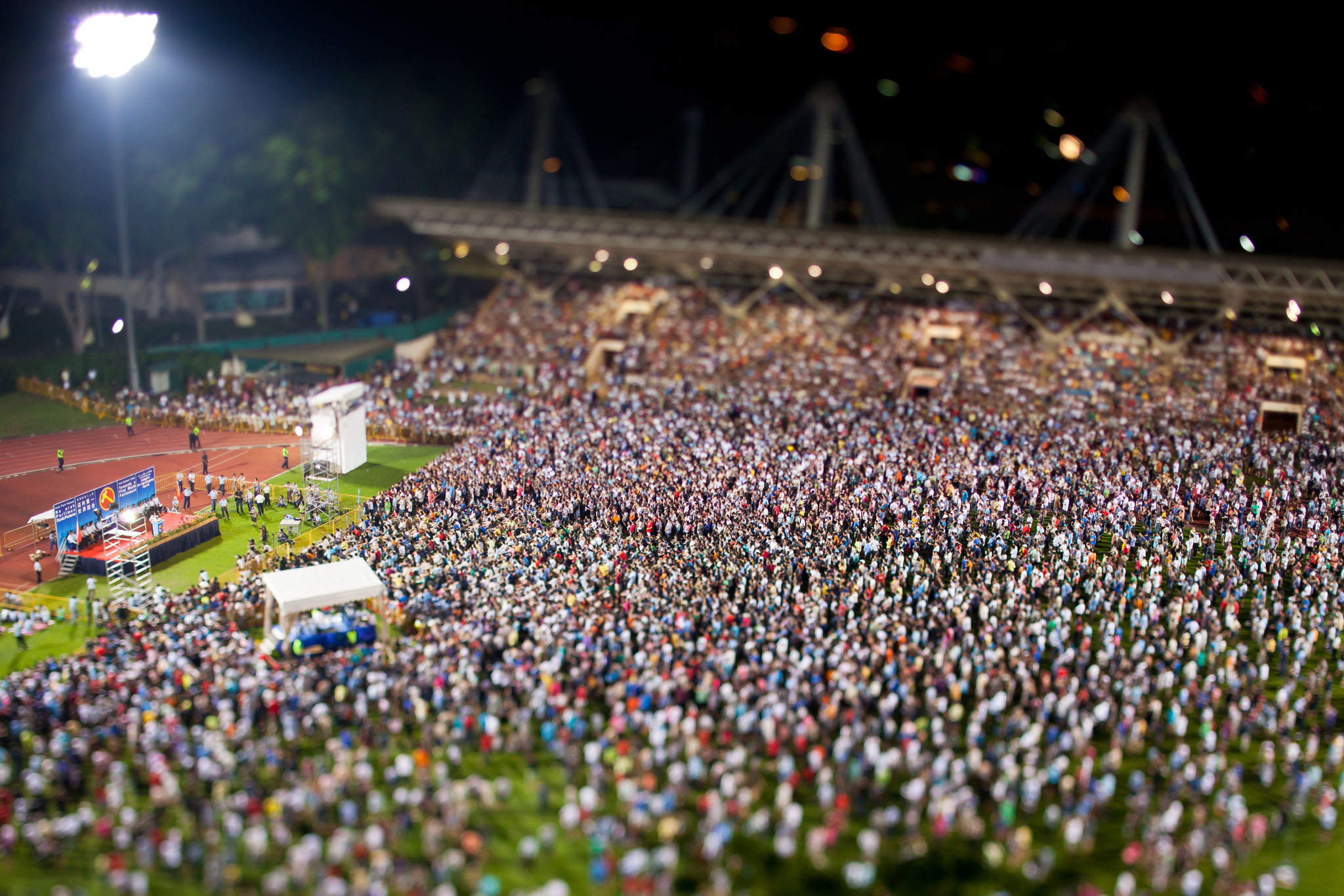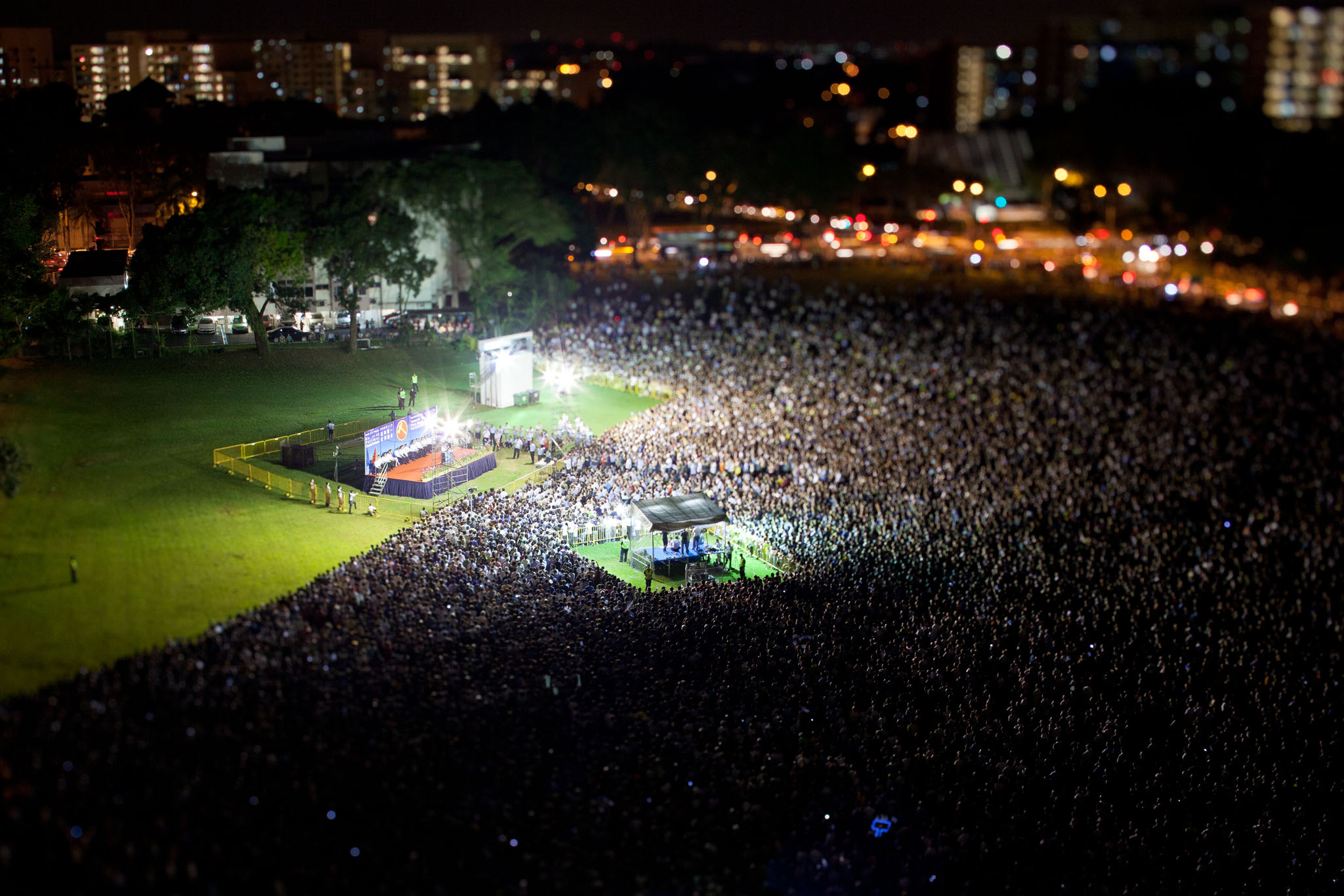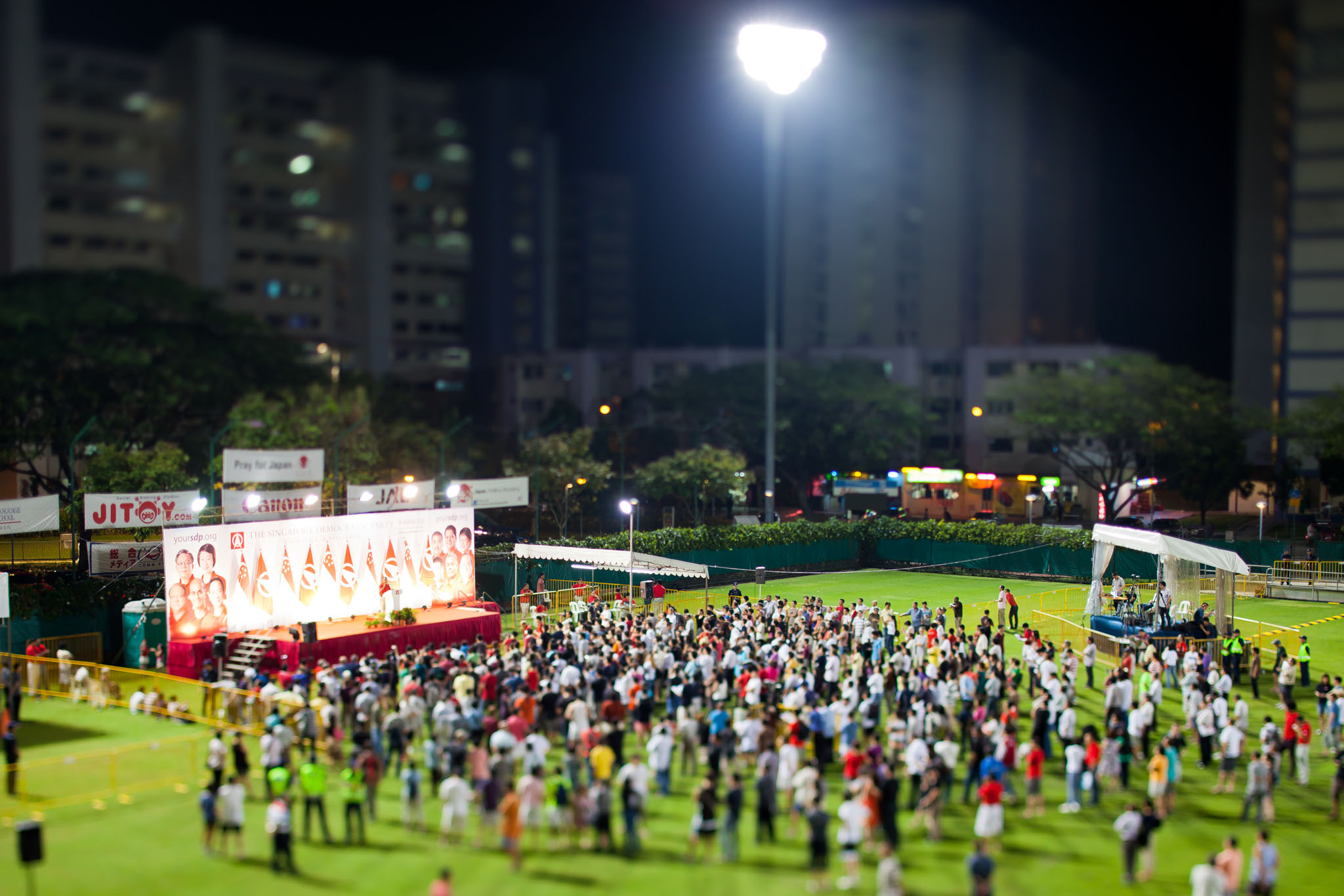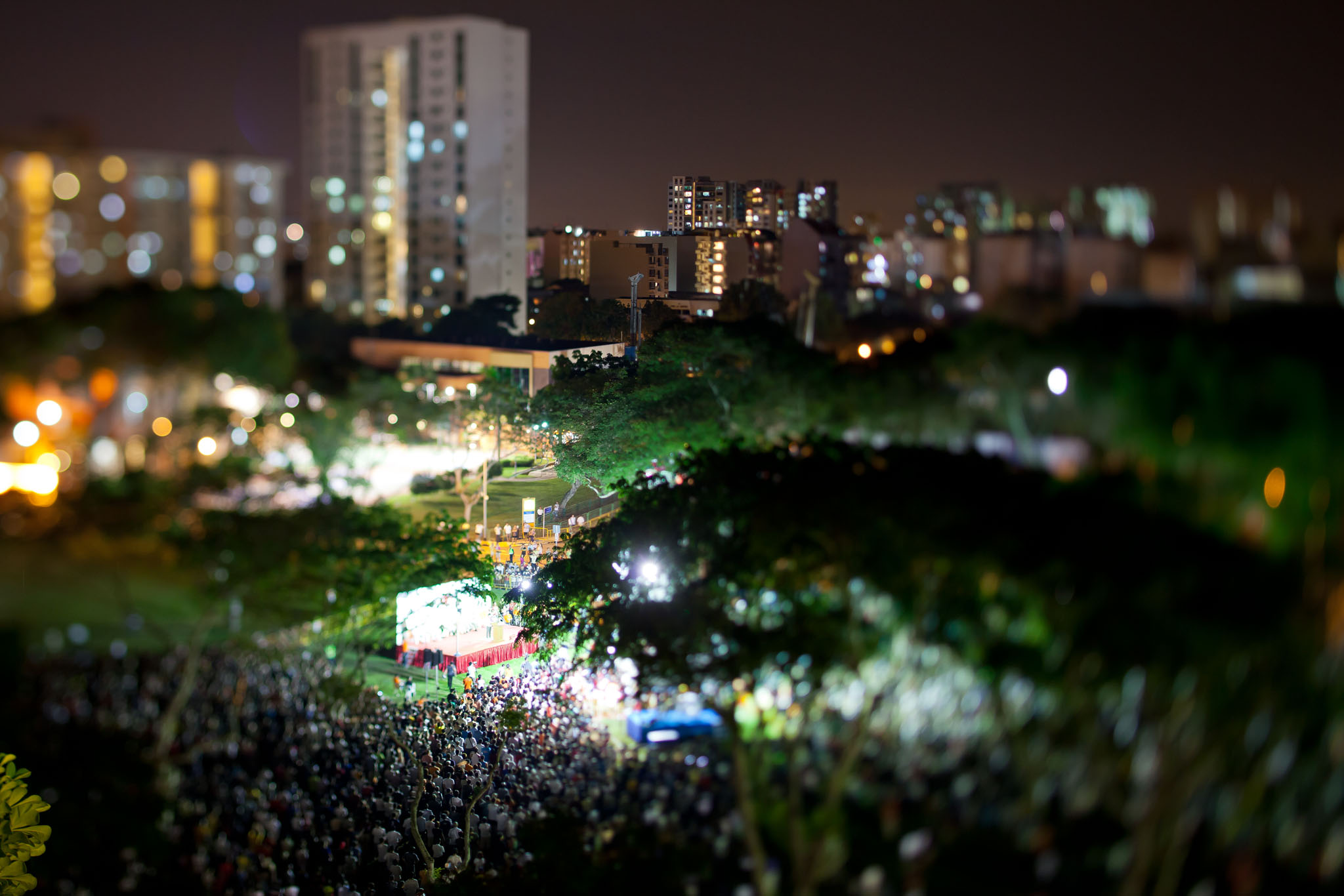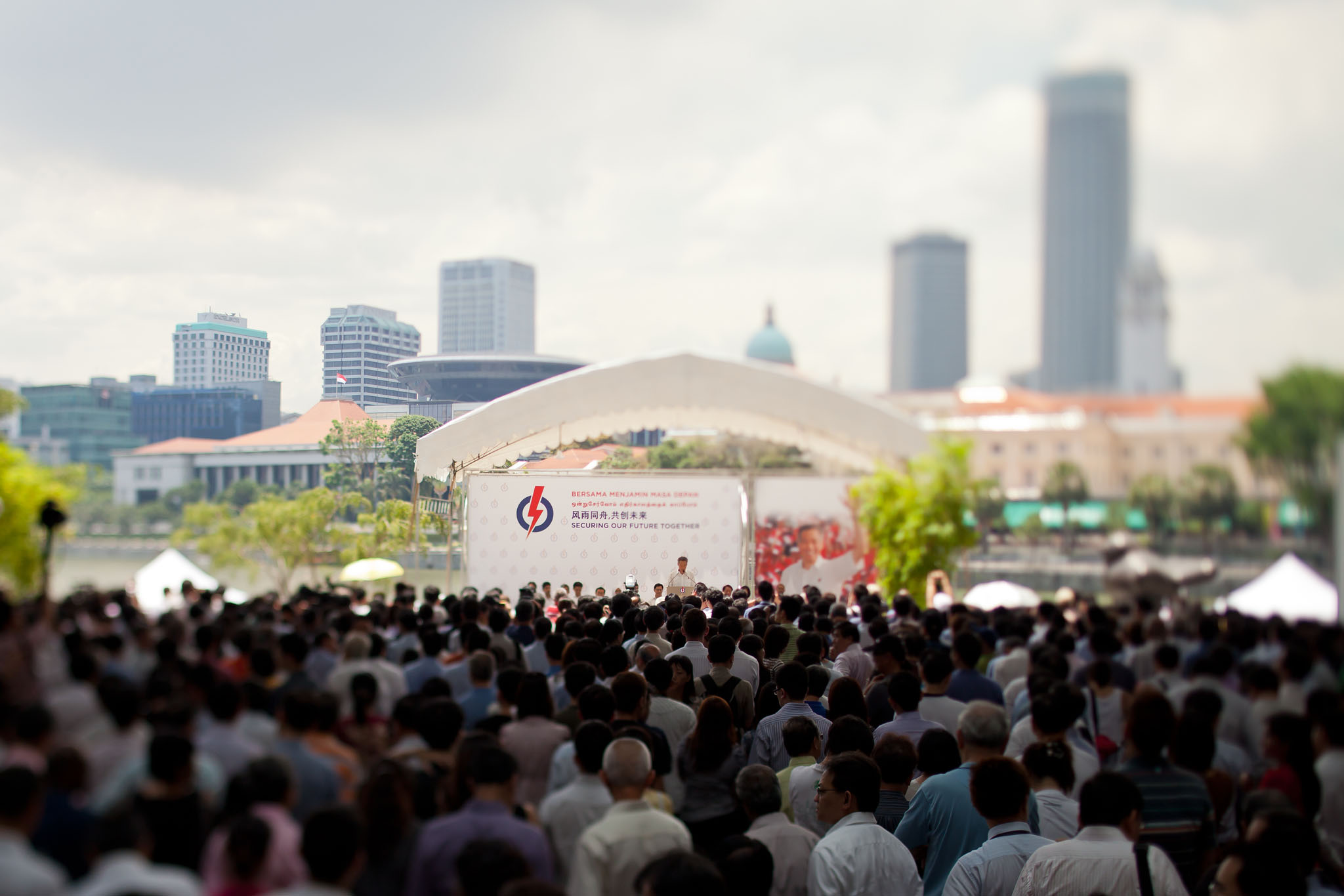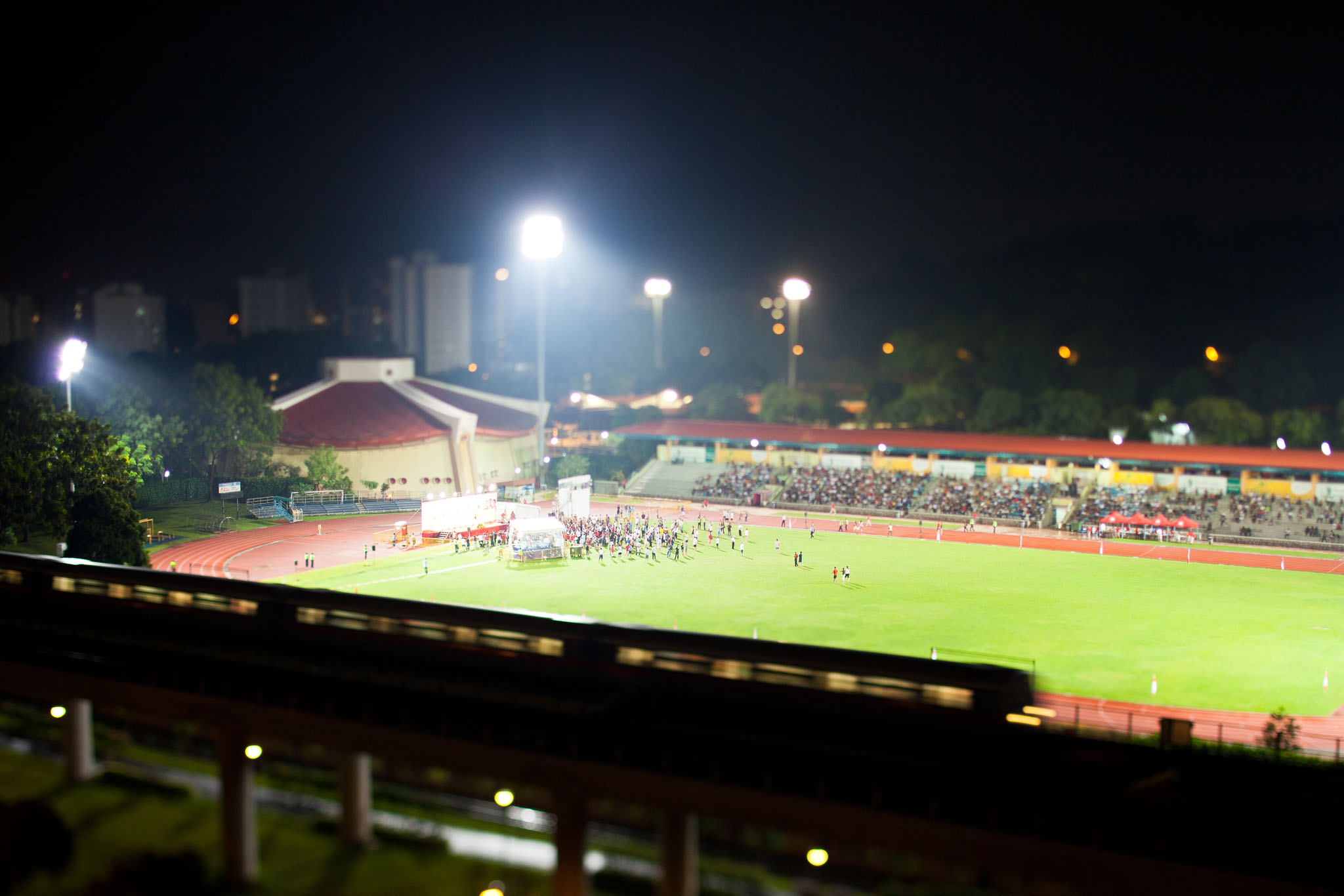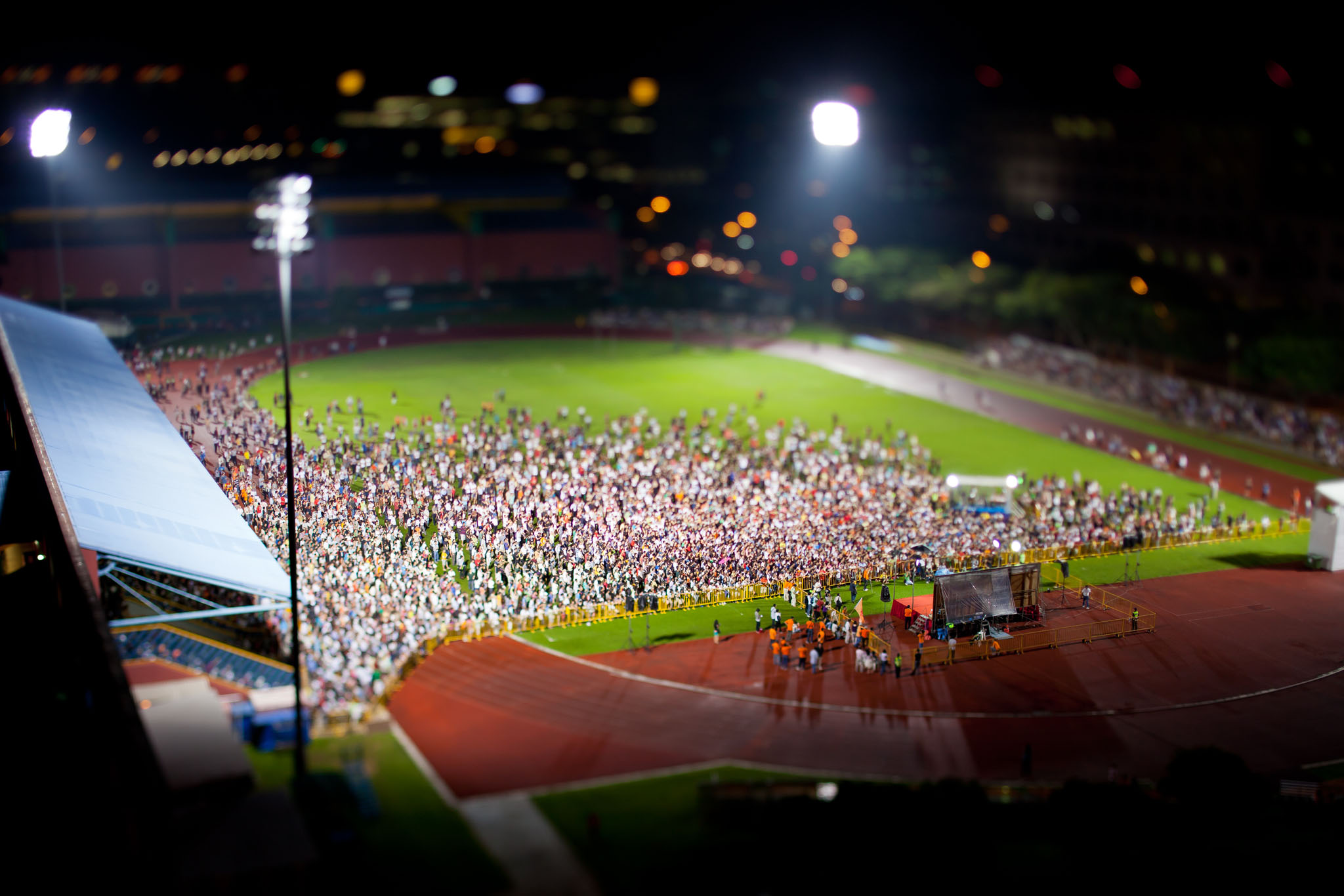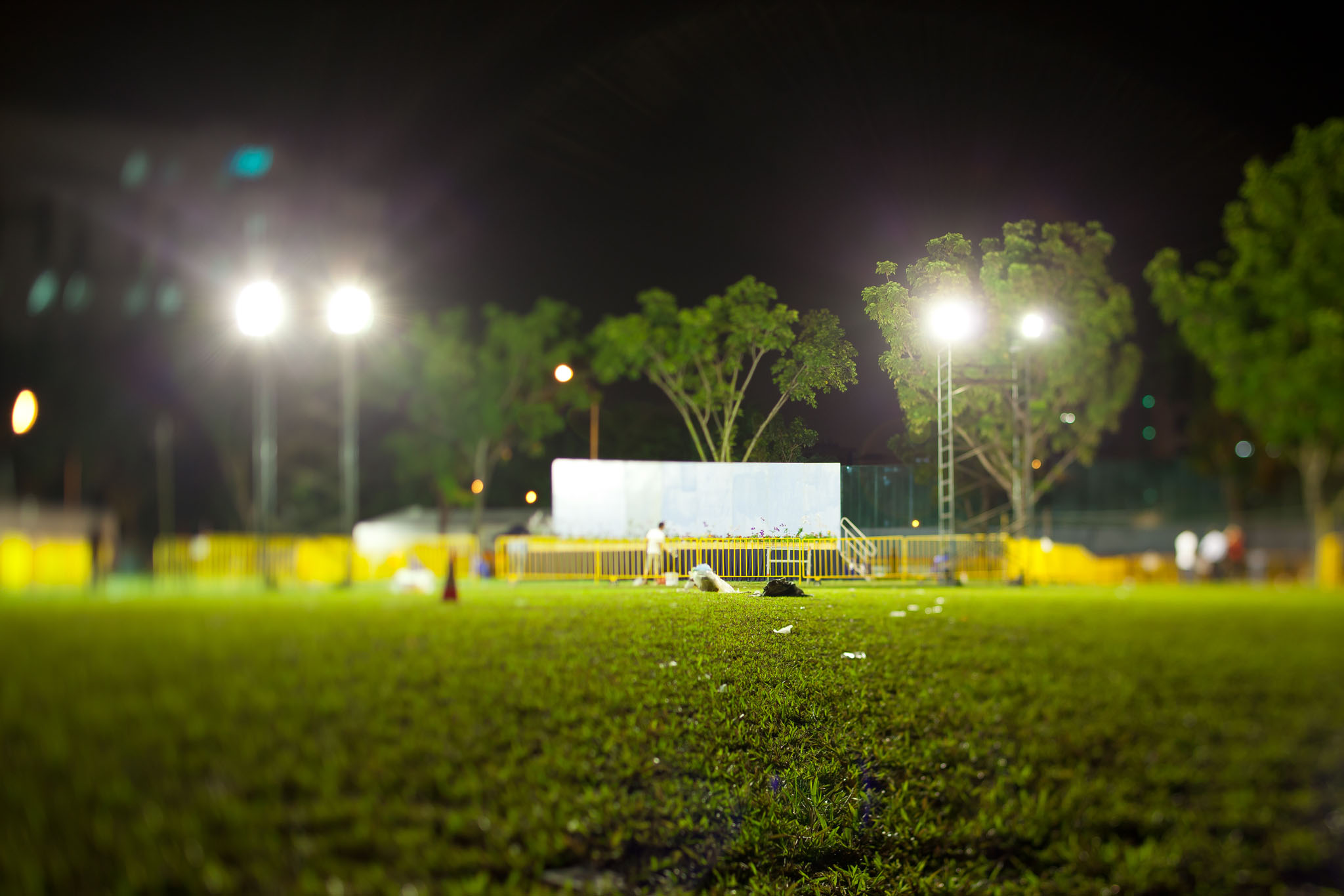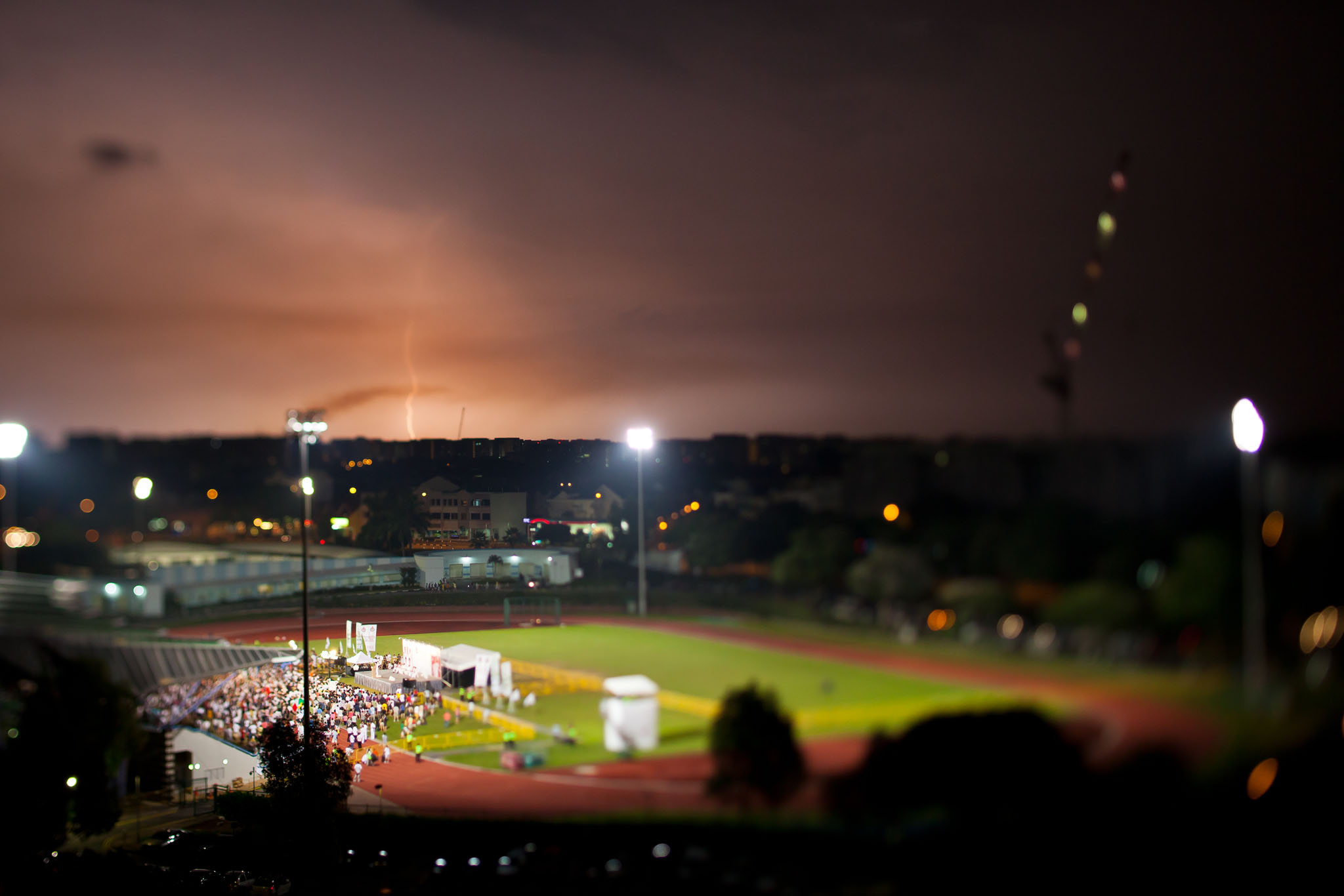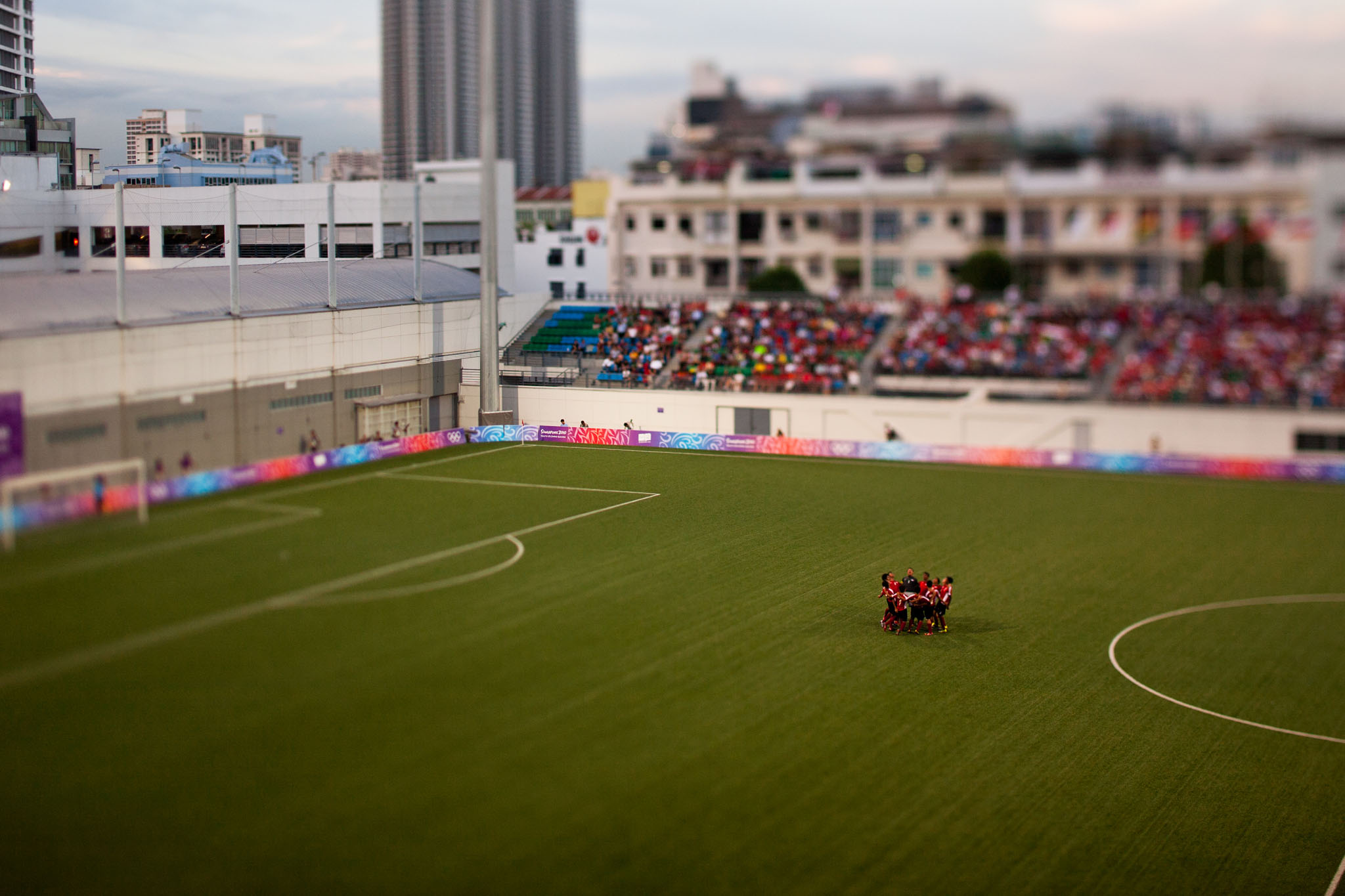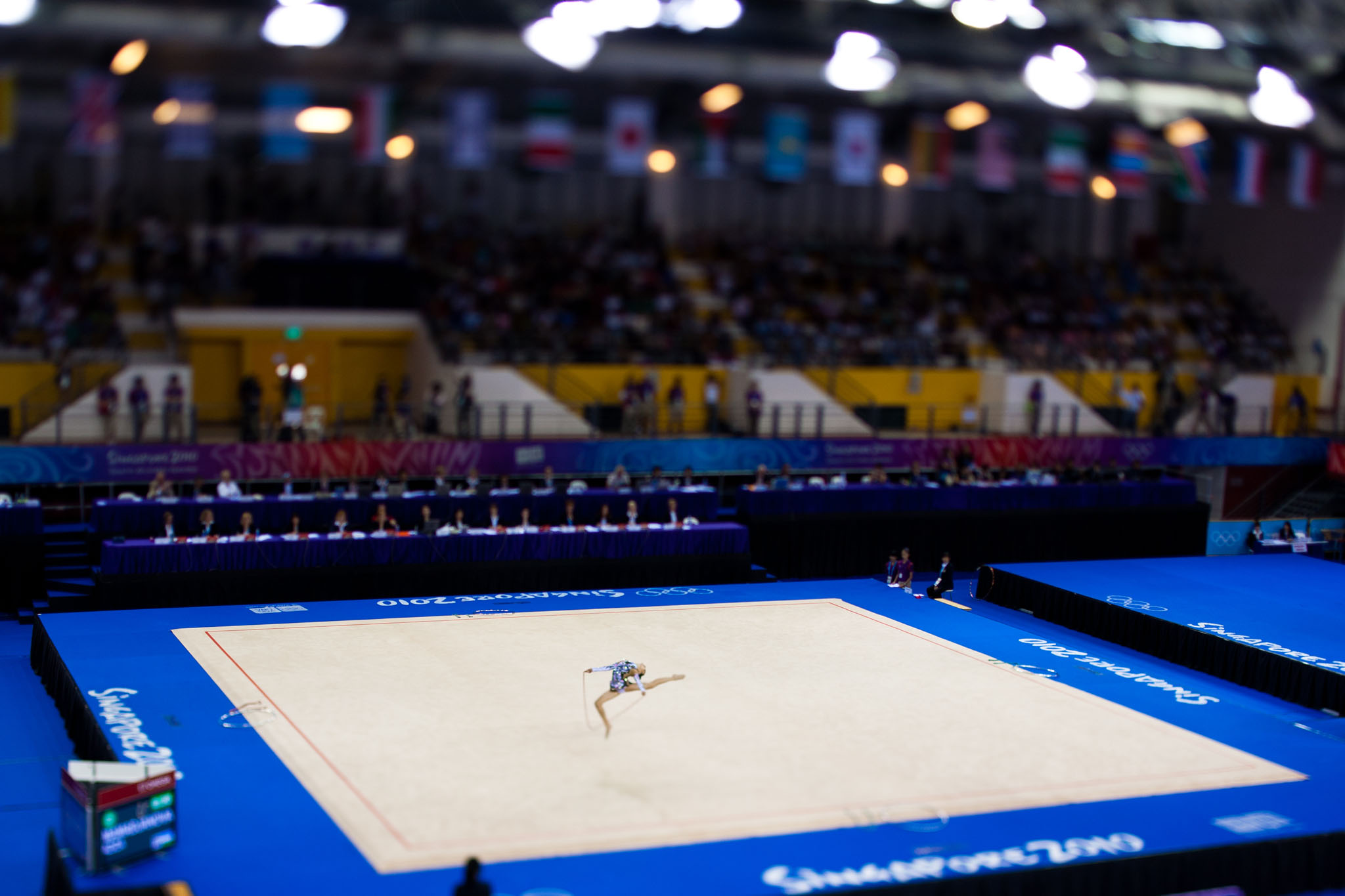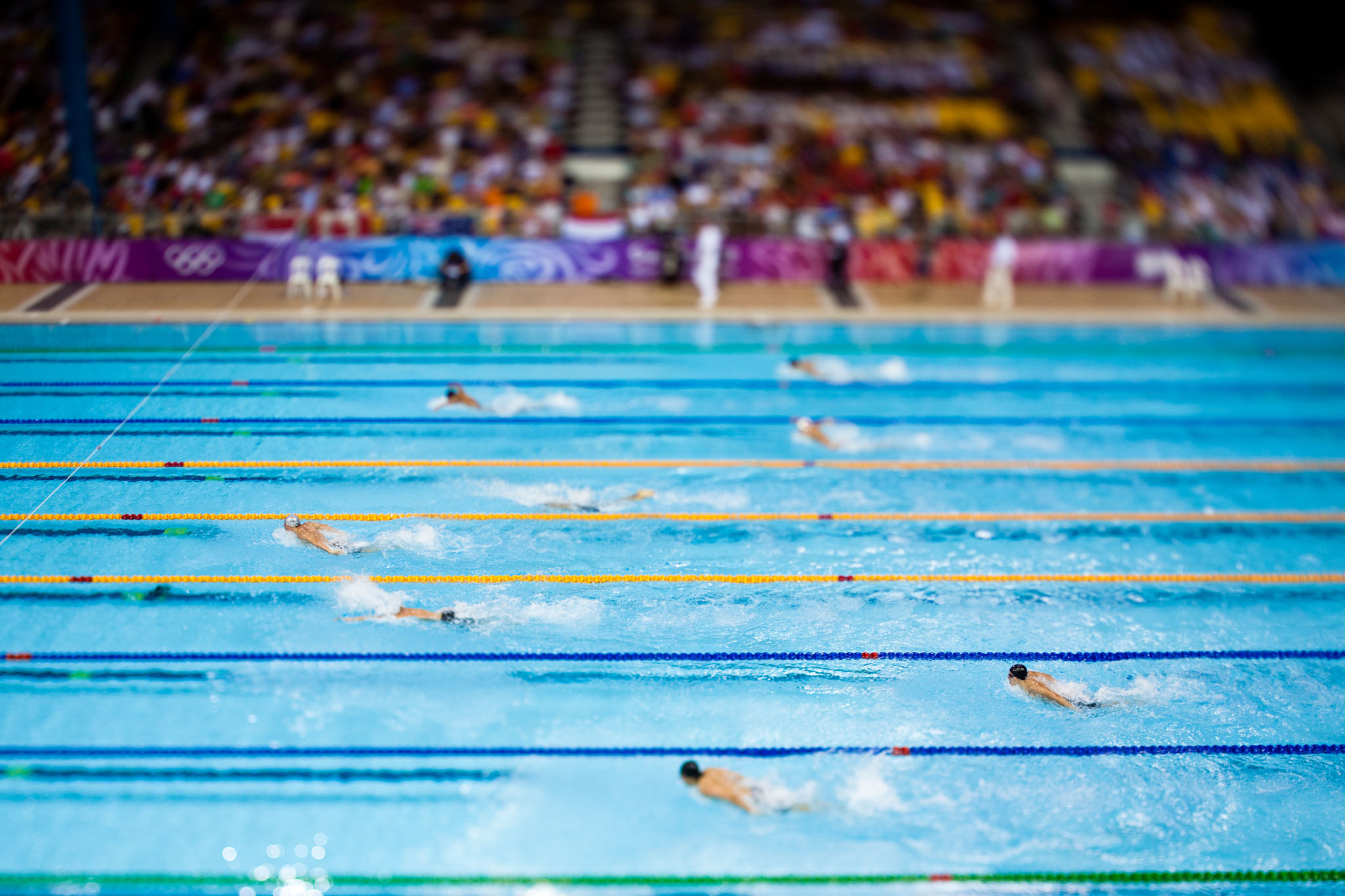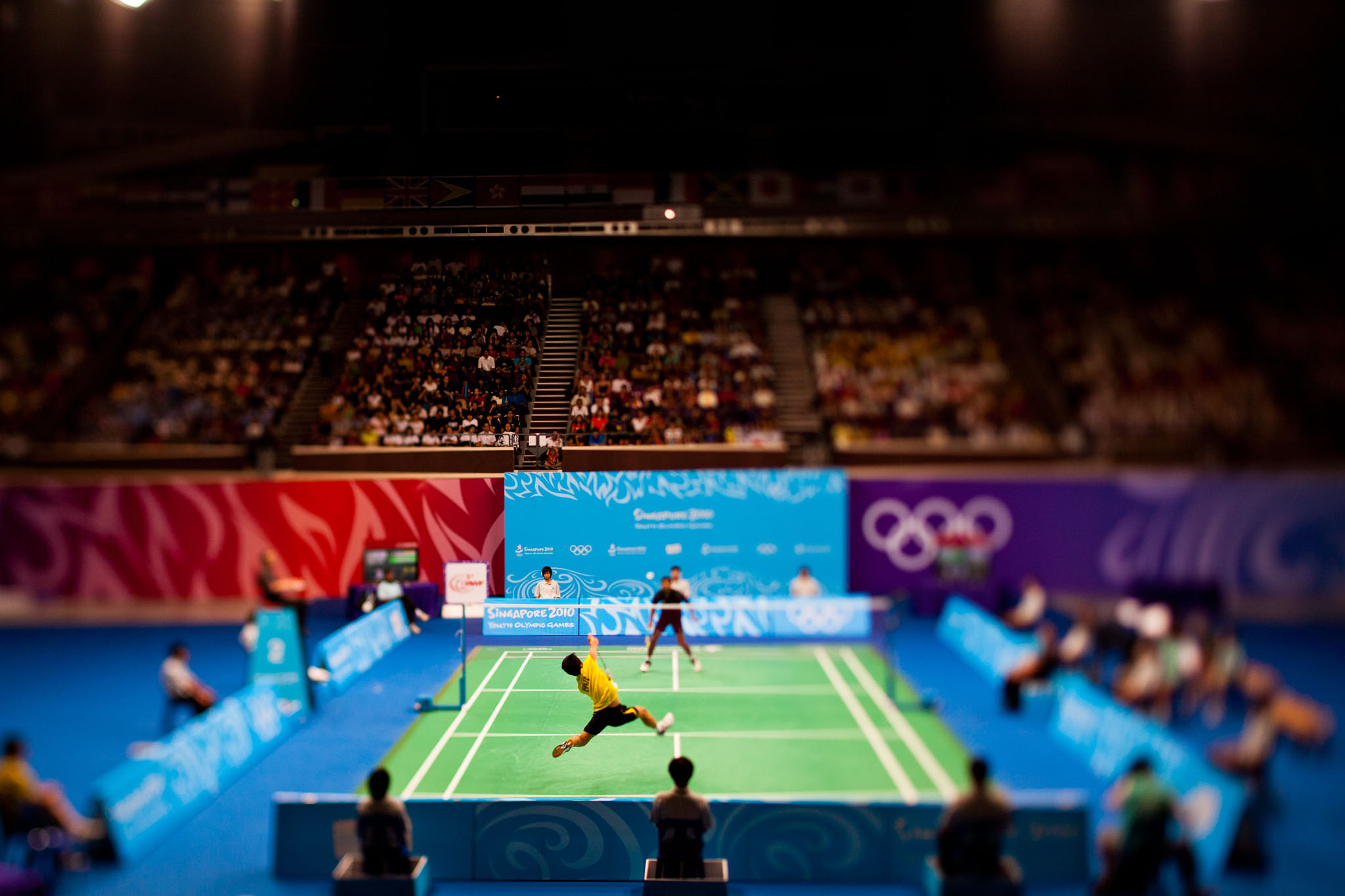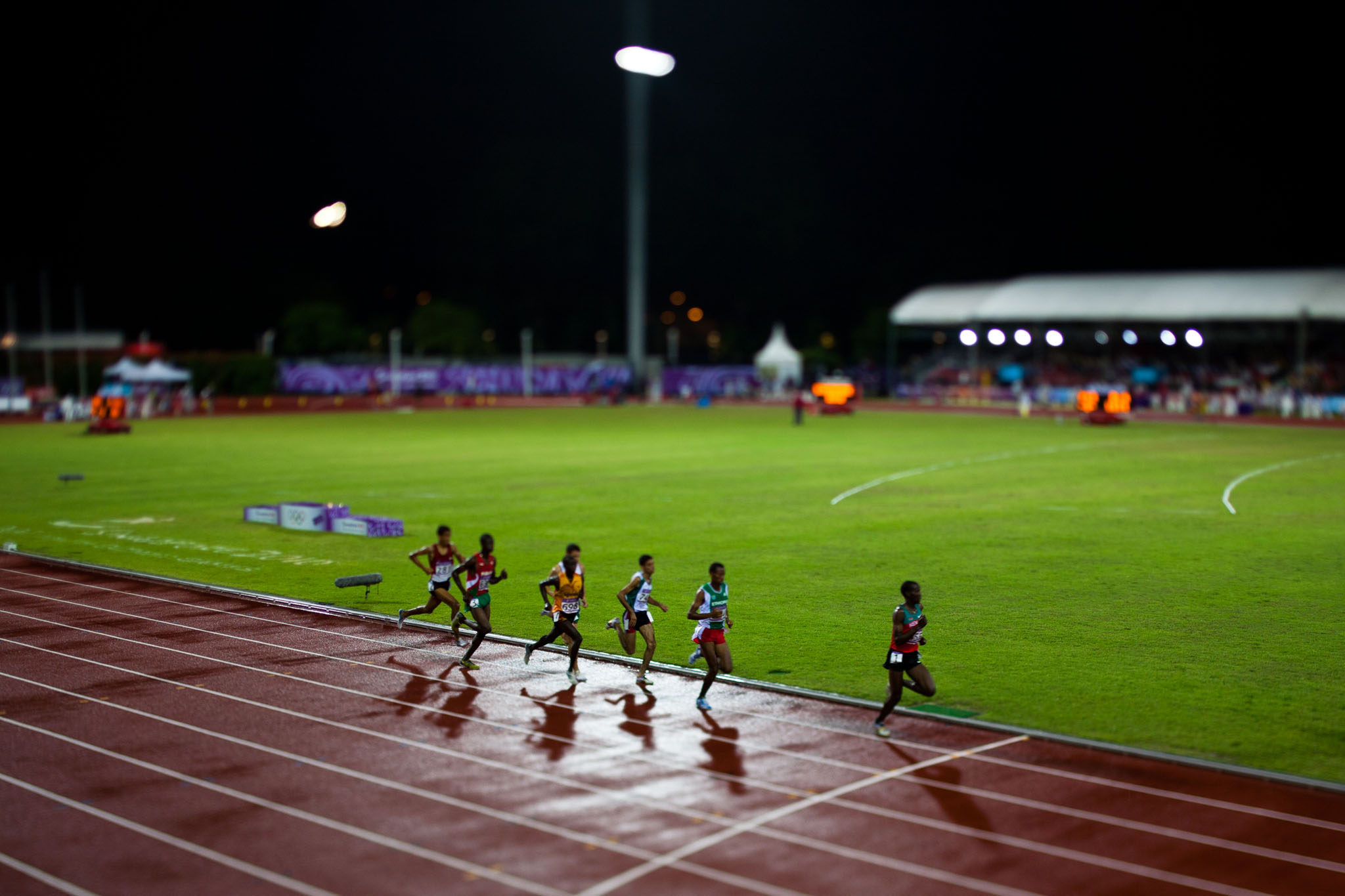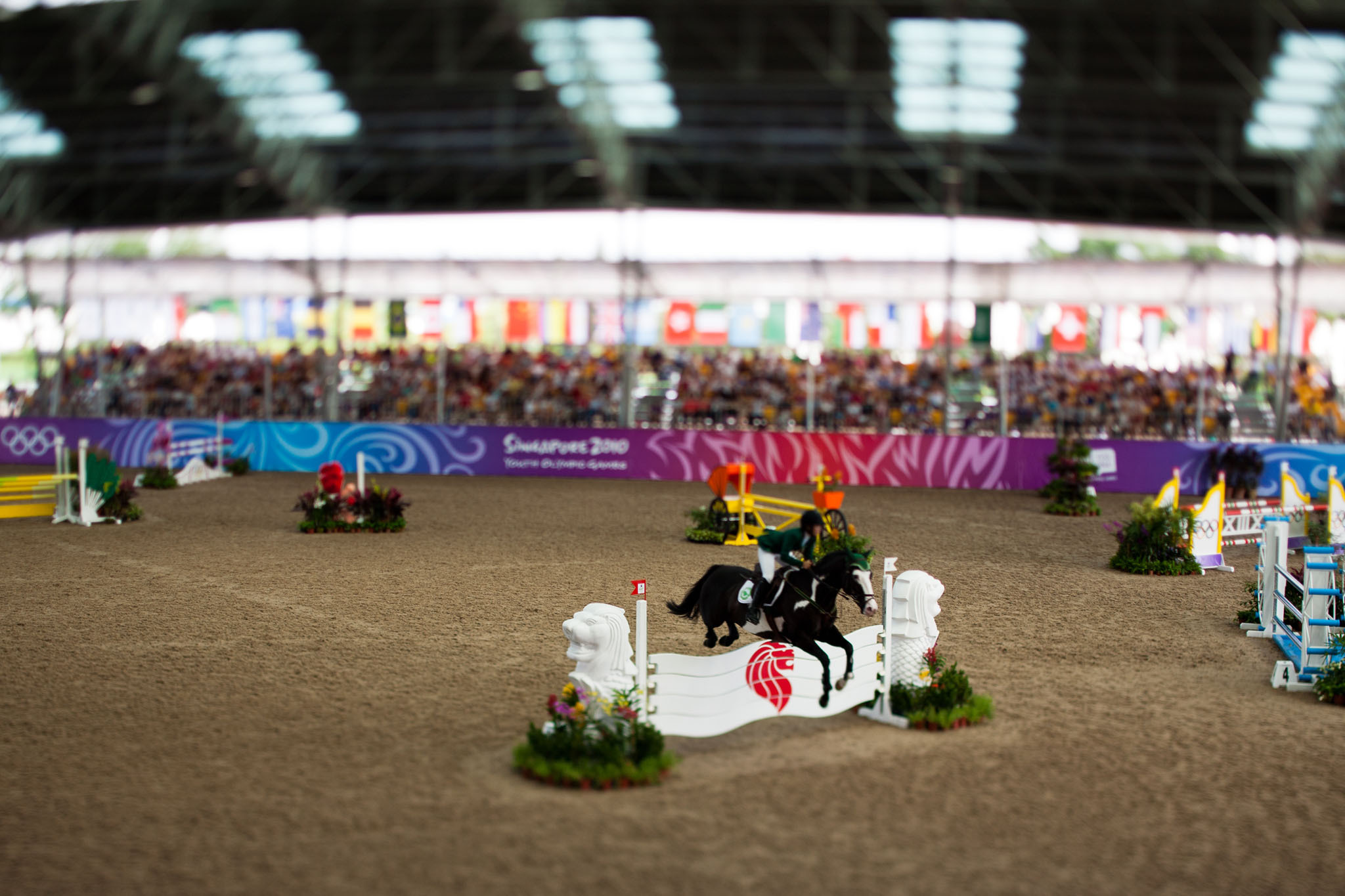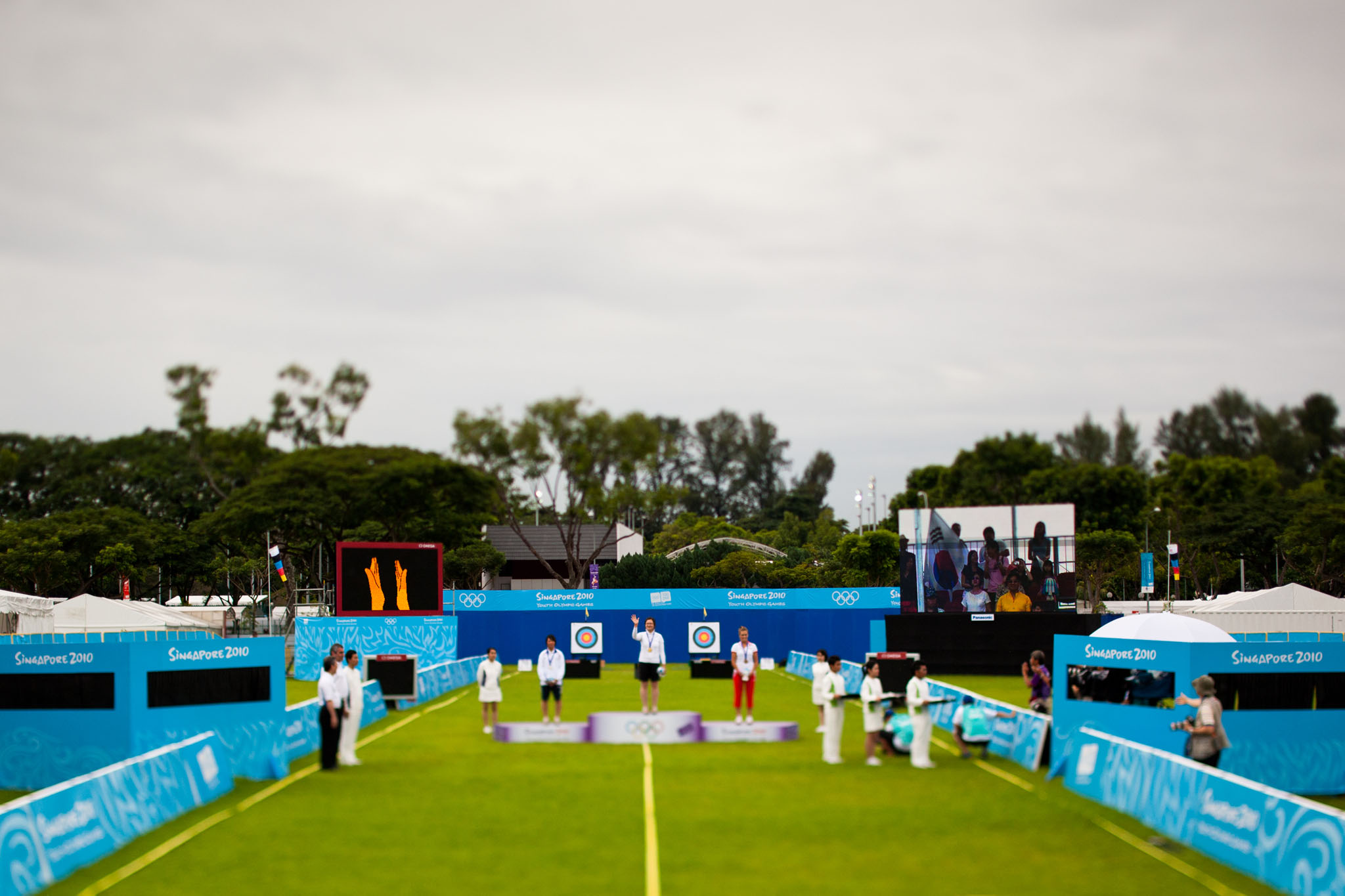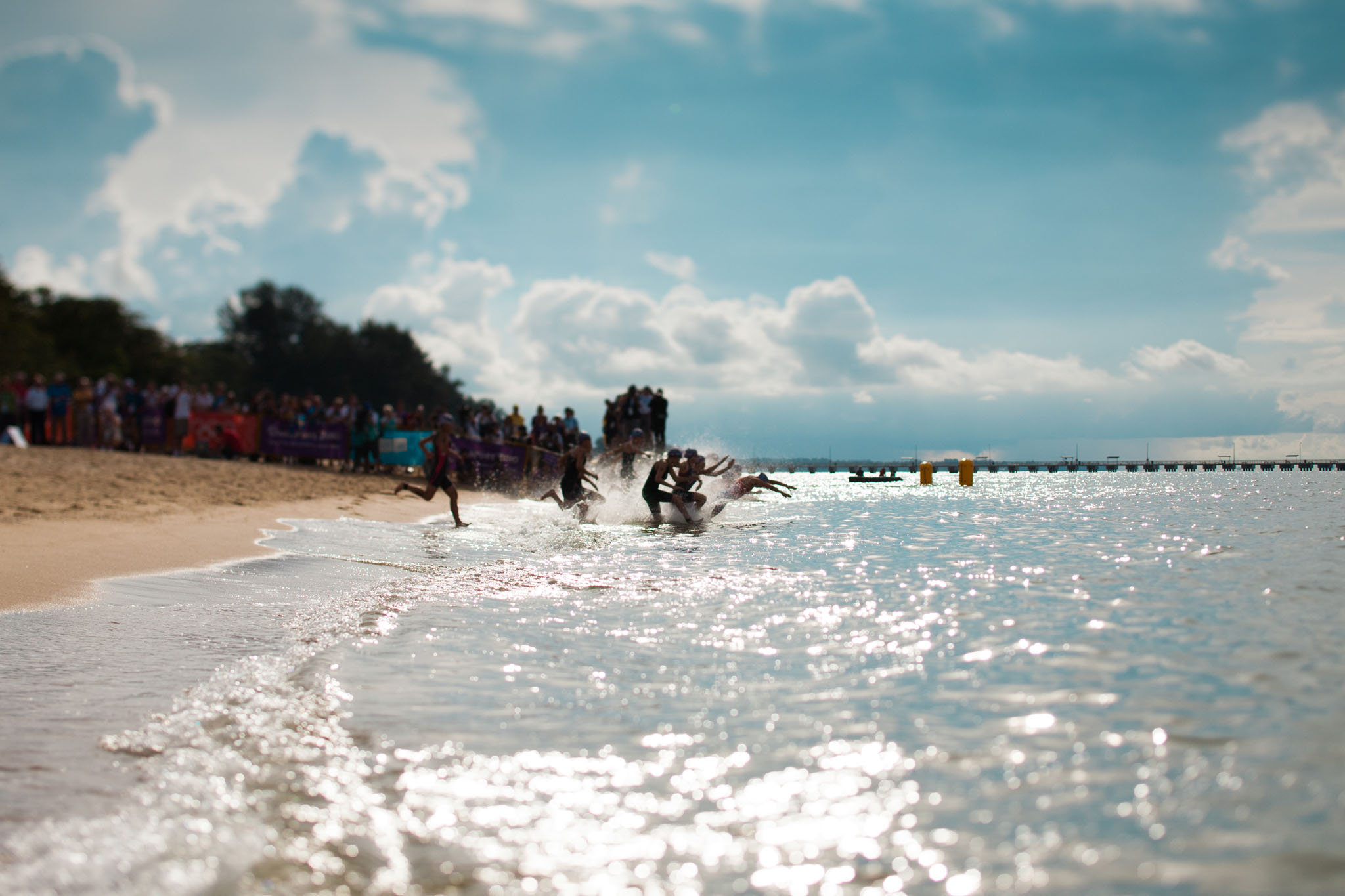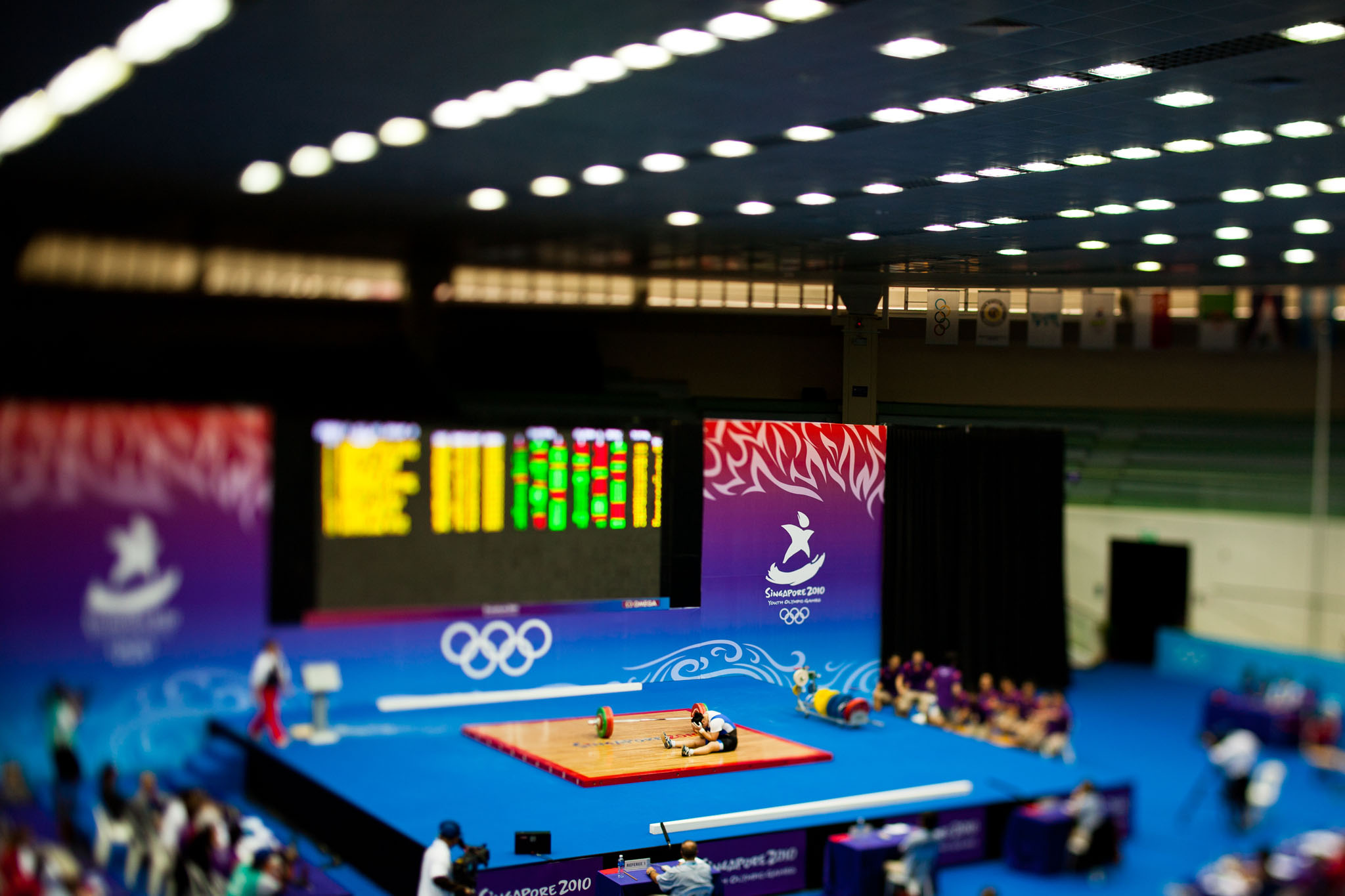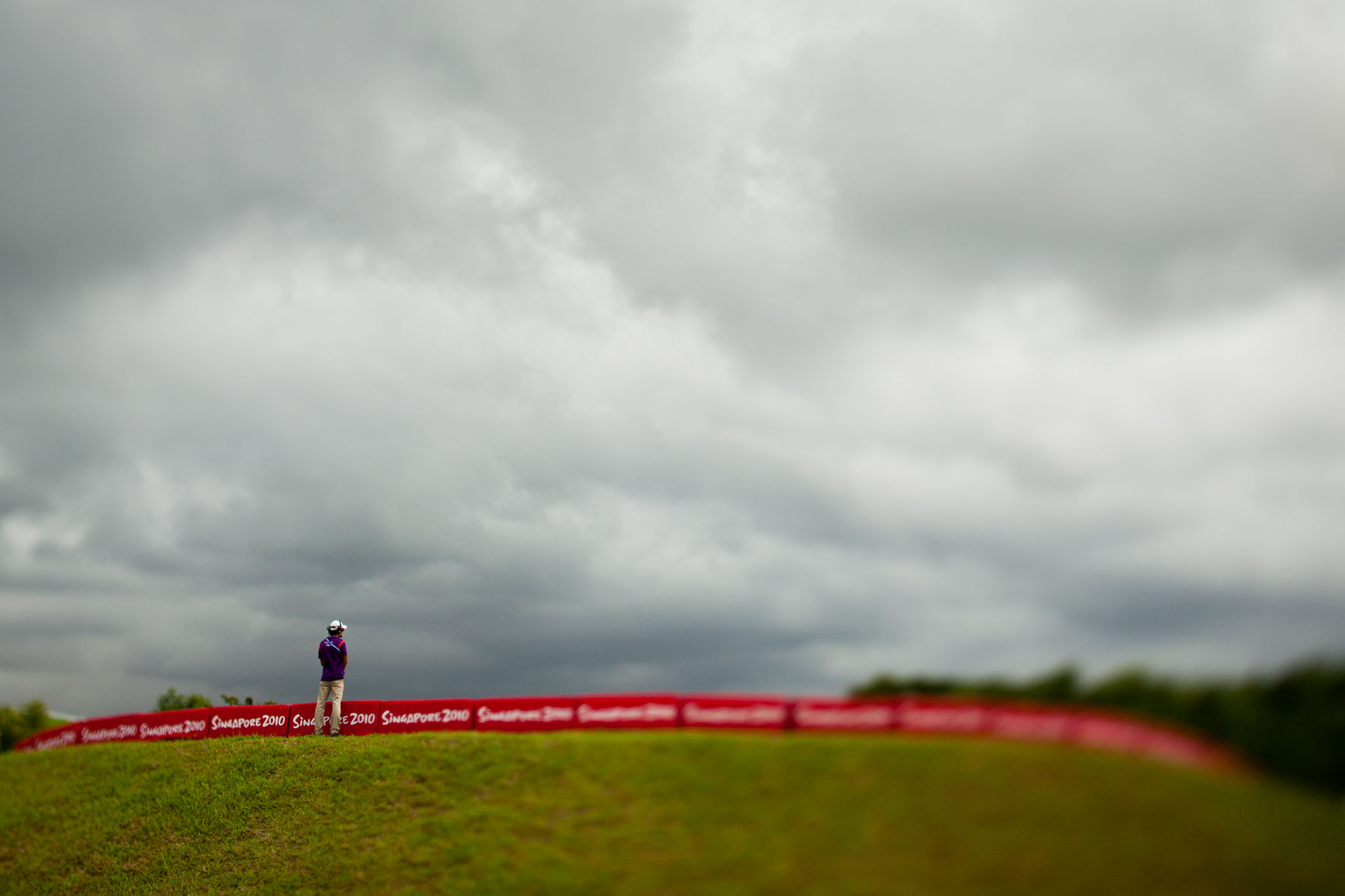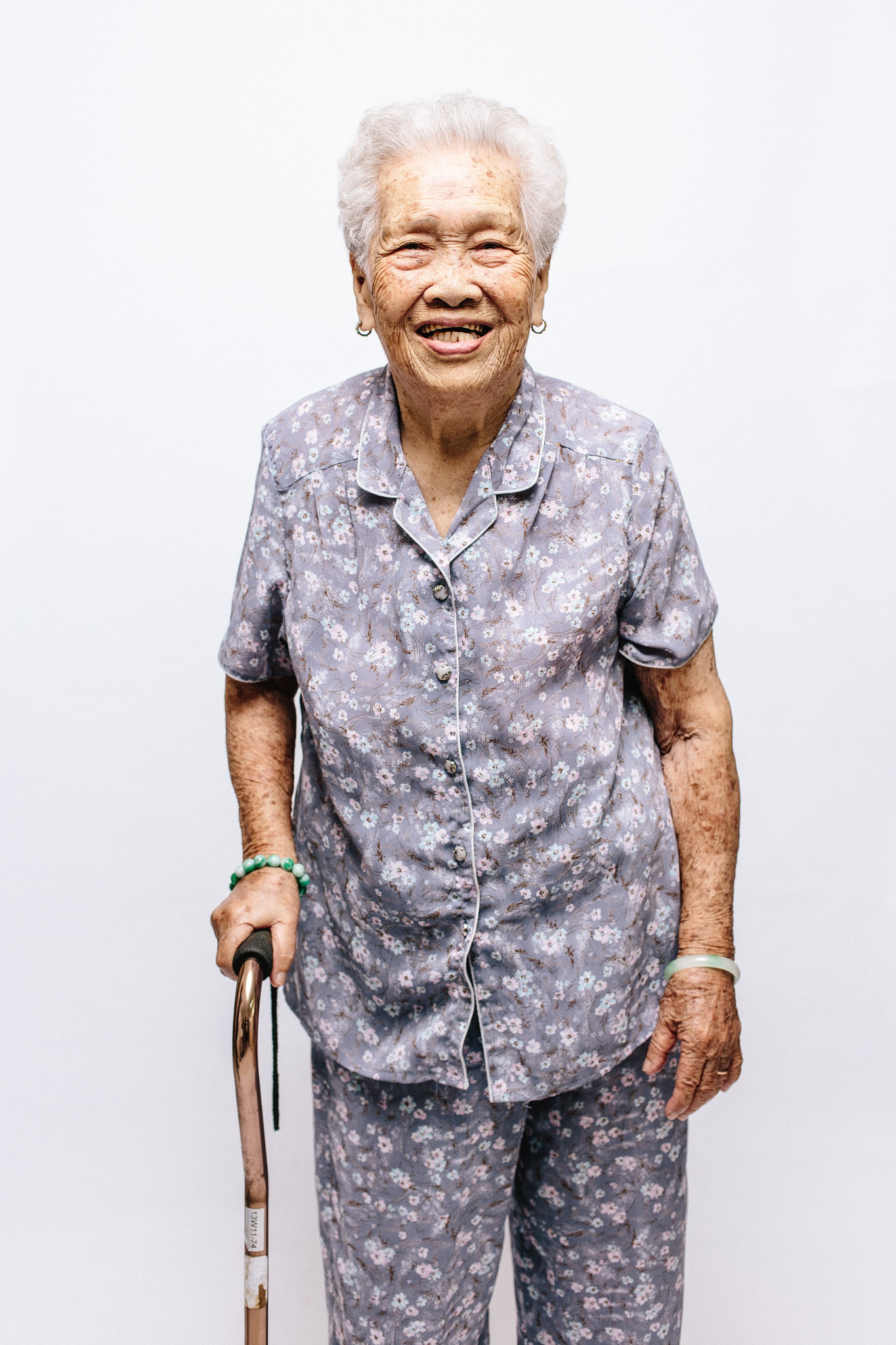In 2011, I made these images at an interesting time in Singapore history and politics:
"I photographed the 2011 Singapore General Elections as it proved to be a significant chapter in Singapore’s history — a sea of change for Singapore and its citizens’ perceptions toward politics. Titled Singaplural, these photographs explore the interaction of common people with their immediate spaces via a tilt-shift perspective. Singaporeans from all walks of life — regardless of race, language and religion — came together to attend and listen to various political rally hotspots all over Singapore in what was a contest of the hearts and minds of voters. Though most Singaporeans have little interest in politics, these photographs depict otherwise. Close to 50,000 people were reported to have attended such rallies. Singapore’s ruling People’s Action Party may have swept back to power and secured 81 of 87 seats in parliament, but the six opposition seats lost were the highest since this young nation’s independence in 1965. Using a perspective control lens, these images offer a miniaturised and alternative perspective to the elections — in a country affectionately known as the little red dot. In Singaplural, these common, and sometimes overlooked, spaces combine the plurality of people, perspectives and ideas, converging them into one location during the elections."
